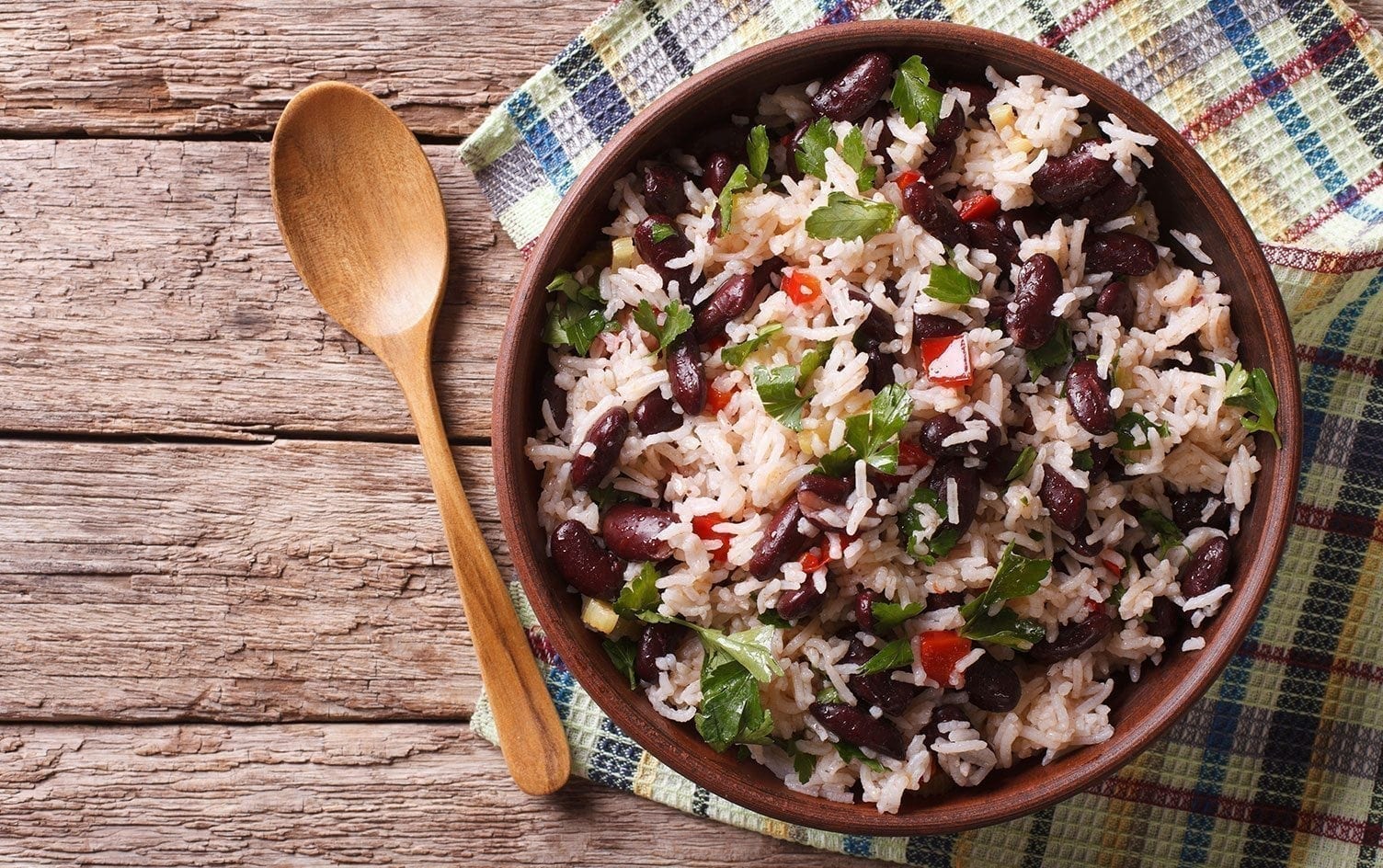We know about good fats and bad fats; good carbs and bad carbs. But what about the quality of protein you’re consuming?
Not all protein is created equal. Proteins are made of building blocks known as amino acids, nine of which are essential — meaning our bodies can’t produce them on their own and we must get them from the food we eat. It’s these essential amino acids that differentiate complete proteins from incomplete proteins.
DEFINING COMPLETE AND INCOMPLETE PROTEIN
A complete protein is a food that contains all nine of the essential amino acids in high enough amounts for our bodily functions. Typically, complete proteins are animal-based foods, such as meats, poultry, fish, milk, eggs and cheese. The only plant-based source of complete protein is soybeans. An incomplete protein is a food that is low in one or more of the nine essential amino acids. They include grains, fruits, vegetables, nuts and seeds.
READ MORE > 5 PLANT-BASED PROTEIN POWDERS WORTH ADDING TO YOUR NEXT SMOOTHIE
ANIMAL-BASED VERSUS PLANT-BASED PROTEINS
Most complete proteins are animal-based, but you don’t need to be a carnivore to get all nine essential amino acids. If you’re vegetarian or vegan, it’s important to eat a variety of plants, and to pair plant-based protein sources to get the right balance of amino acids.
By combining two or more incomplete protein foods you can get all the essential amino acids your body needs. For example, combine grains low in lysine and high in methionine with legumes like beans, peas and peanuts, which are low in methionine and high in lysine.
Here are some incomplete proteins that become complete protein sources when combined with each other:
- Rice and beans
- Peanut butter on whole-wheat bread
- Mac n cheese
- Rice and lentil curry
- Tofu and millet
- Bean and barley soup
- Wheat-soy bread
- Cornbread and black-eyed peas
- Hummus and pita bread
- Yogurt and nuts
DO YOU NEED COMPLETE PROTEINS?
The short answer is no. Eating a combination of incomplete proteins provides the essential amino acids your body needs. While you don’t have to eat the complementary protein foods at the same meal, try to eat a variety of complementary incomplete proteins throughout the day.





9 Responses
Technically, quinoa is also a plant-based complete protein, although not nearly as high in protein as animal sources. I still love it though!
I agree with the lady below me, Quinoa is also a source of complete protein and combining food is a lot of fun to have,well at least in my case, i do heavy gym and i’m a vegan so I love to see this kind of articles. :3 Rice and cashew also works pretty well hehe
as the 2 others, Quinoa is a complete protein, right? And as far as I know, Chia seeds are also. Actually didn’t know about soy being a complete protein, that was nice to know!
The fun fact on soy is outdated. Quinoa is a complete protein.
Does soy milk count for the complete protein, or do you need to eat the whole bean?
Tuna is an incomplete protein. People don’t like to hear this, haha.
Trinh Le – you are incredibly uneducated regarding nutrition; I’m speaking with 25+ years of experience in the field. Quinoa, chia, spirulina, chlorella all are plant based sources of complete protein, and there are many more. Based on weight, many grain and vegetable options are a higher concentrated source of protein (complete or partially complete) than meat products. Recommending unfermented soy, like tofu, soy milk, or soy bread is nutritionally irresponsible since it is toxic to the human body, blocks absorption of nutrients in the digestive system, and wreaks havoc on estrogen hormonal balances.
lots of people are commenting that quinoa is a complete protein. They are right. Perhaps you should change or amend your article.
This is only an issue when you get a significant amount of your calories from fat and sugar. If half of your 2000 Kcal intake comes from fat, then you are only eating 1000 kcal worth of whole foods. Getting enough of all the required amino acids from such a small volume of foods may then become a problem. If you eat only small amounts of fat and get your calories from whole grains, potatoes etc., then you will also get the RDA of all the essential amino acids.
E.g. I regularly eat 1 kg of potatoes and 500 grams broccoli for dinner. This single meal contains a large fraction of all the required amino acids. The other meals (500 grams of whole grain bread) provides the rest, I get close to 120 grams of protein from eating about 3500 kcal.